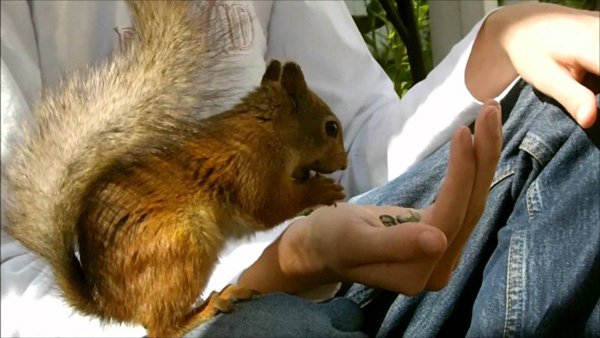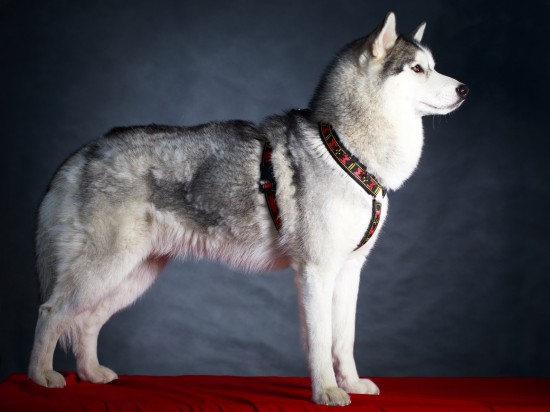

The German Shepherd breed is known by the efficient structure that uses a longer back as a suspension system when it comes to movement, especially in the trot. Although the longer back does work as an energy transfer system, it does cause the German Shepherd back issues. These issues can range from something as minor as subluxation of the spine to more sever conditions such as Cauda Equina or genetic Degenerative Myelopathy.
Subluxation is the misalignment of one or more spinal vertebrae. This can have a large impact on a dog in various ways such as restricting the joint movement and motion range, pinching or impinging the nerves that enter or exit the spine, creating excessive joint motion or hypermobility, creating abnormal movement and gait, straining and tightening muscles, restricting the overall flexibility and motion, and so much more. There are some cases where subluxation can cause chronic or sudden lameness. Any lameness should be looked at by a veterinarian, but common lameness which is associated with subluxation, which include sudden hind lameness like gimping or swinging of the back leg or moving quite stiffly in the hind end. Other symptoms may be back pain, which will show itself as having issues laying down or rising up, inability to get comfortable, restlessness, stiffness, and even the immobility when getting up from a prolonged resting position like after sleeping.
For active working and athletic dogs, subluxation may cause systemic effects on their performance. The misaligned vertebrae may put extra pressure on the nerves, which will negatively affect the areas of this nerve. The dog may begin to adapt to a new posture and movement to help ease any tension of pain that is caused by subluxation, which can then cause uneven muscle development, overcompensation, muscle recruitment which results in injury and fatigue of the muscles that are taking on the load. The excessive movement of the vertebrae can even cause osteoarthritis to develop, which creates bridging, bone spurs and soon, Spondylosis. The pinching of these nerves can even alter nerve functions and cause swelling and inflammation.
Spondylosis can often be managed with a combination of on-going chiropractic care, cold laser therapy, vitamins and anti-inflammatory drugs, among other options that can help to correct and improve the pain that comes about with Subluxation. For questions or concerns about pain and possible Subluxation with your dog make an appointment with your vet. The sooner you get help, the happier your family pet will be.
 Discover the joys and pleasures of sending pictures of cuddly cats
Discover the joys and pleasures of sending pictures of cud
Discover the joys and pleasures of sending pictures of cuddly cats
Discover the joys and pleasures of sending pictures of cud
 Causes Of Atraumatic Bleeding In The Dog
Causes Of Atrauma
Causes Of Atraumatic Bleeding In The Dog
Causes Of Atrauma
 Portosystemic Shunt In Dogs - Symptoms And Treatment
Portosystemic Shu
Portosystemic Shunt In Dogs - Symptoms And Treatment
Portosystemic Shu
 Siberian Husky Colours, And Commonly Confused Breeds
Siberian Husky Co
Siberian Husky Colours, And Commonly Confused Breeds
Siberian Husky Co
 Breeding From Your Dog - Delivering The Puppies
Breeding From You
Breeding From Your Dog - Delivering The Puppies
Breeding From You
Copyright © 2005-2016 Pet Information All Rights Reserved
Contact us: www162date@outlook.com